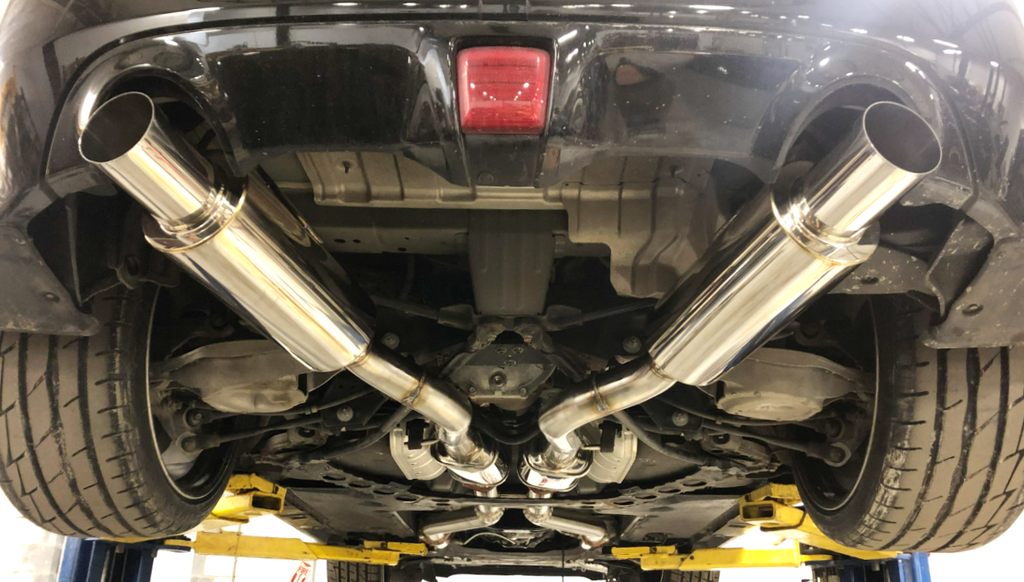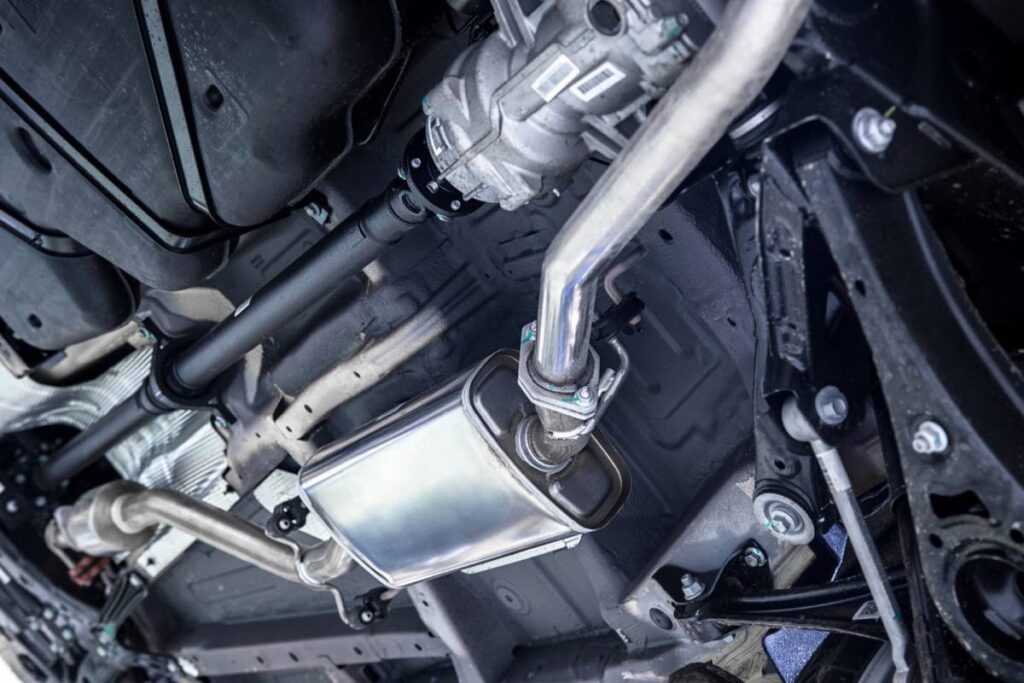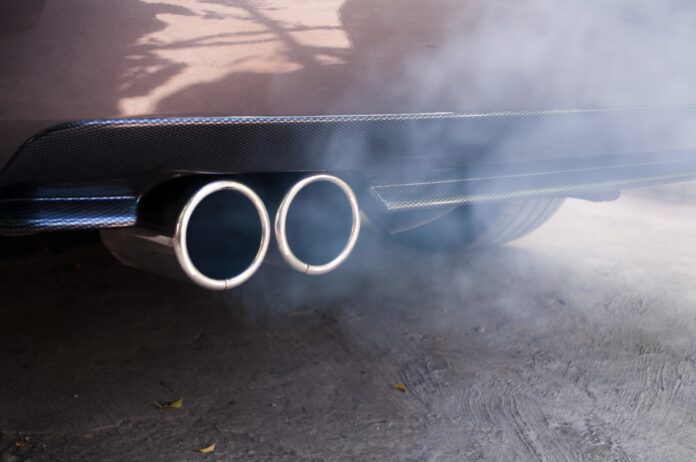The car exhaust pipe plays a crucial role in the overall performance and safety of a vehicle. While it may seem like a simple component, the exhaust system is designed to do much more than just expel gases from the engine. It is responsible for directing harmful emissions away from the vehicle, reducing engine noise, improving fuel efficiency, and even enhancing overall engine performance. A well-functioning exhaust system ensures that toxic fumes like carbon monoxide (CO), nitrogen oxides (NOx), and hydrocarbons (HC) are properly filtered and expelled, preventing them from accumulating inside the car’s cabin or polluting the environment.
Understanding the functions of an exhaust pipe is essential for vehicle owners, as it directly impacts the car’s efficiency, emissions, and safety. The exhaust system consists of several key components, including the exhaust manifold, catalytic converter, muffler, and tailpipe, all of which work together to regulate the expulsion of gases. When functioning correctly, the exhaust system helps maintain optimal engine performance by ensuring smooth airflow and reducing backpressure. However, when issues like leaks arise, they can lead to increased fuel consumption, reduced engine power, strange noises, and even hazardous exposure to toxic gases.
A leaking exhaust pipe is a serious problem that should never be ignored. Even a small leak can lead to dangerous carbon monoxide poisoning, which is odorless, colorless, and highly toxic. Additionally, leaks can cause excessive engine noise, affect fuel efficiency, and contribute to environmental pollution. Identifying the symptoms of an exhaust leak—such as loud engine noises, a drop in fuel efficiency, vibrations, or the smell of exhaust fumes inside the car—is key to preventing further damage and ensuring driver and passenger safety.
A leak may occur in the exhaust system through many places, and it can produce different noises which can be difficult to identify. Your ability to ascertain what you should be looking for and what you should be listening for will go a long way in helping you know if there’s a leak in your exhaust system and how you can recognise a problem. In addition, it will help you when it comes to its repair and being informed can even save you some cash.
In this guide, we will explore the main functions of a car exhaust pipe and explain what to do if you suspect a leak. From diagnosing the issue to implementing the right fix—whether it’s a temporary DIY repair or a professional replacement—this article will provide essential insights to keep your vehicle running safely and efficiently. Whether you’re a car enthusiast or a casual driver, knowing how to handle an exhaust leak can save you from potential hazards and costly repairs down the road.
This post pieced together on XeroDrive will be addressing two things.
- The purpose of an exhaust system
- What to look for when there’s an exhaust leak
Let’s begin.
The purpose of an exhaust system
The exhaust serves the purpose of creating a path through which the exhaust gases leave the engine and makes its way outside from under the car. This path in question ensures that exhaust gases are kept away so they don’t enter the vehicle and endanger the health of passengers. And in some instances, the expelled gases are made cleaner by the exhaust system to prevent environmental pollution. These components assist in making sure the exhaust system is quite. Various components found in the exhaust system can fail and constitute unwanted noise.

Components of a car exhaust system that are prone to fail:
1. Muffler
An exhaust system muffler is placed at the back of the car. The muffler performs the job of silencing the exhaust noise by letting it pass through diverse chambers that smoothens the exhaust’s flow. The exhaust system happens to be the main component that’s used when silencing the exhaust and the part that’s also replaced when you want a high sounding exhaust system. Over time, the muffler tends to develop holes as a result of corrosion or break because of how it’s connected to the remaining part of the exhaust system, causing noise.
2. Catalytic converter
The catalytic converter helps in emissions by converting hydrocarbons into a safer gas that won’t be affecting the environment. The catalytic converter can also make noise if it has holes too, or the connector cracks or the converter fails internally.
3. Exhaust pipes
The exhaust pipes link up all the exhaust parts through welds or connecting flanges. Almost all the exhaust pipes are produced with steel which will become rusty with time. And when corrosion occurs, it will produce holes or cracks because it has weakened.
4. Exhaust manifold
The exhaust manifold is the collection point where the exhaust gases are piled up after exiting the cylinder heads. The manifolds are linked to the engine on one end and exhaust pipes on the other end. When there’s a bad connection, it will cause a leak or it may even crack.
What to look for when there’s an exhaust leak
When you suspect an exhaust leak, there are some things that can help you identify the problem. If you don’t fix an exhaust leak, it may escalate into a bigger issue such as more exhaust noise, engine issues and endanger the life of the driver.
To identify exhaust leaks, you’ll be needing these tools.
- Jack stand
- Hydraulic floor jack
- Rubber hose
- Wheel chocks

Steps to check leakage in exhaust pipe:
Step 1: Park your vehicle on a leveled ground while applying the parking brake.
Step 2: Get the wheel chocks placed around the back tyres.
Step 3: Jack the car up at the factory jacking points, make sure you can get beneath the car. Work on one side of the car at a time.
Step 4: Have the jack stand placed beneath the jacking point and bring the car lower, onto the jack stand.
Step 5: Repeat the process in step 3 and 4 for each corner of the car until it is jacked up enough to get under it.
Note: Once you have the car in the air, check well to be sure it’s secured before going under it.
Step 6: Ignite your engine then check the exhaust out for leaks.
Signs of a leaking exhaust system
While you’re checking out the exhaust system, be on the lookout for signs of leakage. If there happens to be a leak from the connections, a black or white streak will show up on the exhaust parts.
1. Hissing noises
This is the most common sound you will hear from a leaking exhaust. It has a similar sound like a balloon being deflated. When you start the engine, inspect all the exhaust components and connections for this noise. You may opt for a small rubber hose to help you detect the leak. Place on end of the hose to your ear and the other end to the exhaust, then move the hose until you are able to identify the exact spot. You can fix some small leaks by tightening the loose connections or you re-weld the hose.
2. Ticking or knocking noises
If there’s a large leak in the exhaust, it will make a loud ticking or knocking noise. These noises tend to occur at the exhaust manifold or near the engine. Inspect the exhaust for leaks and cracks. You can also use the rubber hose to detect the leak. Loud ticks are due to a leak occurring in the manifold gasket or a crack in the manifold.
3. Check engine light comes on
When there’s an exhaust leak, your check engine light may come on. The leaks may make some sensors read incorrectly thereby causing the check engine light to show. This will cause engine drivability problems.
Get the exhaust leak fixed immediately to avoid more problems.
If there are small cracks and holes detected in the exhaust pipes and connections, get them fixed by welding them. And for holes or cracks in the catalytic converter and manifold, get the components replaced.
Be careful while inspecting the exhaust system for a leak. Some components may be hot. Do well to protect your hands.
Video: How to Find and Repair Exhaust Leaks EASY (Without a Welder)


